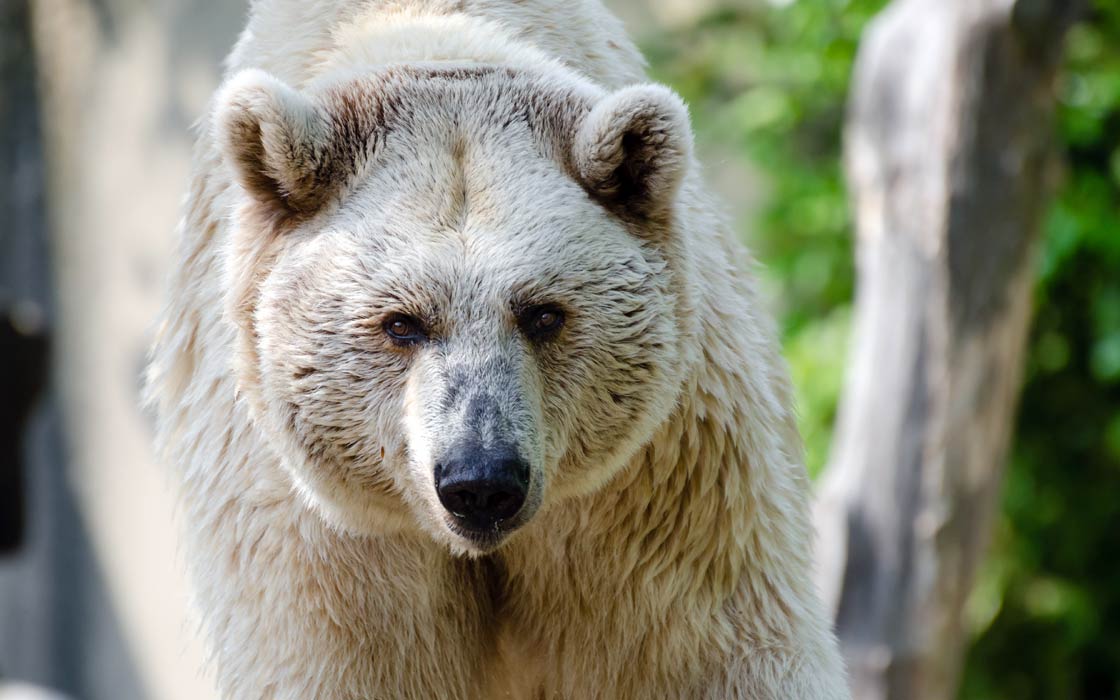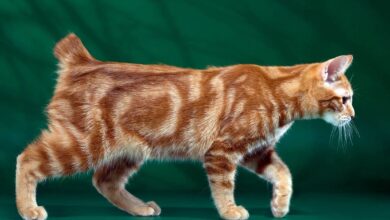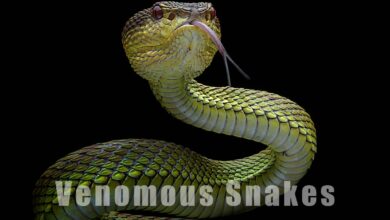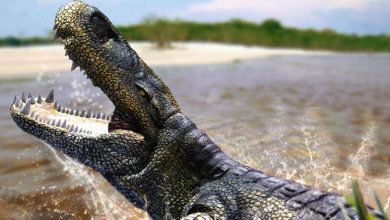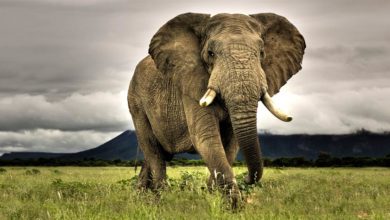Syrian brown bear (Ursus arctos syriacus / Ursus arctos arctos)
In the shadowed valleys and rugged peaks of the Middle East, where ancient civilizations once thrived and crumbled, a silent guardian roams, embodying the untamed spirit of the land. The Syrian brown bear, Ursus arctos syriacus, a creature of immense strength and subtle grace, navigates a perilous existence amidst the remnants of human history and the whispers of modern encroachment. With fur shimmering in hues of pale gold and grey, this magnificent beast stands as a living testament to nature’s enduring resilience. Yet, beneath its formidable exterior lies a poignant tale of survival and adaptation, unfolding in the face of relentless adversity.
In a world where the boundaries of wilderness and human habitation blur, the Syrian brown bear carves its path, often at odds with the forces of progress. Its journey, fraught with peril and uncertainty, mirrors the broader narrative of conservation in an era of unprecedented environmental change. Here, in these contested landscapes, where the past and present converge, the story of the Syrian brown bear emerges as a poignant reminder of our collective responsibility to preserve the delicate tapestry of life that binds us to the natural world.
As this majestic creature navigates its shrinking habitat, each step it takes is a defiant assertion of its right to exist. It forages in forests echoing with ancient secrets, scales mountains that have witnessed the march of time, and faces threats that challenge its very survival. In the quiet moments of dawn and dusk, the Syrian brown bear moves through its territory with an almost spectral presence, a symbol of the enduring power and fragility of the wild.
The Syrian brown bear’s struggle is not just its own; it is a reflection of the broader ecological crisis that defines our age. Its fate is intertwined with the destiny of countless other species, all navigating the delicate balance of coexistence. As we delve into the life and plight of this remarkable bear, we uncover a narrative that is both deeply personal and universally resonant—a story that calls upon us to reflect, to act, and to honor the intricate connections that sustain life on Earth.

Classification
- Kingdom: Animalia
- Phylum: Chordata
- Class: Mammalia
- Order: Carnivora
- Family: Ursidae
- Genus: Ursus
- Species: Ursus arctos
- Subspecies Ursus arctos syriacus
Distribution
The Syrian brown bear, Ursus arctos syriacus, primarily inhabits the mountainous and forested regions of the Middle East. Their distribution spans several countries, each offering unique challenges and opportunities for these resilient creatures.
Geographic Range
- Turkey: Found in the eastern and northeastern regions, particularly in the Pontic and Taurus mountain ranges. The dense forests and rugged terrain provide suitable habitats.
- Syria: Historically present in the western mountainous areas, though their numbers have significantly dwindled due to habitat loss and human conflict.
- Lebanon: The bears inhabit the high-altitude regions of the Lebanon and Anti-Lebanon mountain ranges, where pockets of forest still remain.
- Iraq: Found in the northern mountainous regions, particularly in areas like Kurdistan, where remote and rugged landscapes offer refuge.
- Iran: The Alborz and Zagros mountain ranges provide extensive habitats. These areas have significant populations due to the vast forested and rocky environments.
- Armenia
Habitat Preferences
Syrian brown bears prefer habitats that offer dense vegetation and rugged terrain. They thrive in mountainous areas with ample cover and food sources. These regions often feature a mix of forests, meadows, and rocky outcrops, providing diverse foraging opportunities and shelter.
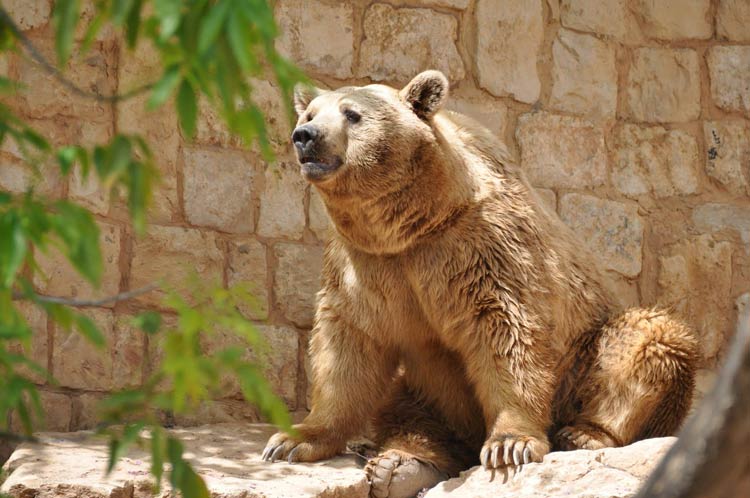
Characteristics
The Syrian brown bear, Ursus arctos syriacus, is a striking subspecies of the brown bear, known for its unique physical and behavioral traits. These bears exhibit a robust build, characterized by a large head and powerful limbs, which are essential for their survival in the rugged terrains they inhabit. One of the most distinctive features is the prominent muscle hump over their shoulders, a common trait among brown bears, which provides additional strength for digging and foraging.
Appearance
The fur of the Syrian brown bear ranges in color from pale brown to greyish, often appearing lighter than other brown bear subspecies. This coloration provides camouflage against the rocky and mountainous landscapes of their native regions. Their fur is thick and coarse, offering protection against harsh weather conditions.
Behavior
Syrian brown bears are primarily solitary animals, except during the mating season or when a mother is rearing her cubs. They are generally diurnal, being most active during the early morning and late afternoon. However, their activity patterns can shift to nocturnal behavior in areas with significant human presence to avoid encounters.
Diet
As omnivores, their diet is highly varied and adaptable. They consume fruits, nuts, leaves, and roots, which are abundant in their habitat. Additionally, they eat insects, small mammals, and carrion. In some regions, they may scavenge near human settlements, leading to potential conflicts.
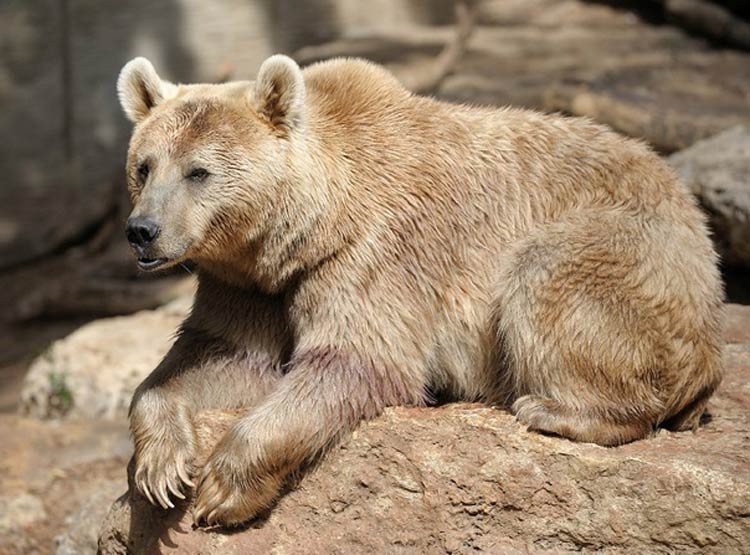
Reproduction
- Mating Season: Typically occurs during spring or early summer when food is abundant. Males compete for females, sometimes engaging in aggressive displays.
- Gestation Period: After mating, the female undergoes a gestation period of about 6.5 to 7.5 months.
- Birth: Cubs are usually born in dens during the winter months, between January and March. A typical litter size ranges from 1 to 4 cubs, with 2 being the most common.
- Maternal Care: The mother cares for her cubs in the den, nursing them and providing warmth and protection. Cubs are born blind and helpless, relying entirely on their mother.
- Development: Cubs remain with their mother for about 2 to 3 years, learning essential survival skills such as hunting and foraging. During this time, the mother teaches them how to navigate their environment and avoid threats.
- Sexual Maturity: Syrian brown bears reach sexual maturity at around 3 to 5 years of age, but factors such as food availability and habitat conditions can influence the timing.
Current Status
The distribution of Syrian brown bears is increasingly fragmented due to human activities such as agriculture, urban development, and deforestation. In many regions, their populations are isolated, making genetic exchange between groups challenging and increasing the risk of inbreeding.
Population
Accurate population data for the Syrian brown bear is challenging to obtain due to their elusive nature and the remote, often conflict-ridden regions they inhabit. However, estimates suggest that their numbers are relatively low and declining.
Wojtek the soldier bear
Wojtek, a Syrian brown bear, holds a unique place in history as a mascot and honorary soldier during World War II. Originally purchased by Polish soldiers in Iran, he quickly became a cherished companion and symbol of camaraderie within the company. Initially enlisted as a private to justify his presence, Wojtek soon earned the rank of corporal due to his playful antics and invaluable assistance in transporting artillery shells.
Following the war, Wojtek retired to the Edinburgh Zoo, where he captivated visitors and continued to symbolize the enduring bond between Poland and Scotland. His story of loyalty and service resonates to this day, commemorated in memorials that honor his contributions both in military service and as a beloved animal companion.
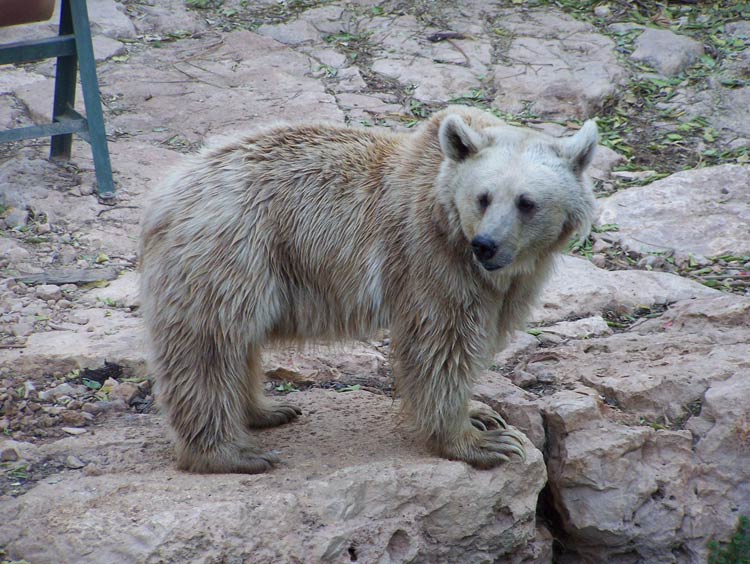
Detailed Data and Dimensions
Syrian Brown Bear (Ursus arctos syriacus)
- Body Length
- Males: 1.5 to 2 meters (4.9 to 6.6 feet)
- Females: 1.2 to 1.8 meters (3.9 to 5.9 feet)
- Height at the Withers
- Males: 90 to 110 centimeters (35 to 43 inches)
- Females: 80 to 100 centimeters (31 to 39 inches)
- Height on Two Legs
- Males: Up to 200 cm (7.9 feet)
- Females: Up to 180 cm (5.9 feet)
- Weight
- Males: 135 to 230 kilograms (300 to 507 pounds)
- Females: 90 to 160 kilograms (198 to 353 pounds)
- Maximum Lifespan
- In the Wild: 20 to 25 years
- In Captivity: Up to 35 years

Interesting Facts about the Syrian Brown Bear
- It is the only known bear species in the world to have white claws.
- This bear subspecies is mentioned several times in the Bible, particularly noting the protectiveness of mother bears towards their cubs.
- Historically, it ranged across the Middle East, but is now extinct in several countries including Syria, Jordan, Israel, and Lebanon.
- The Syrian brown bear does not always hibernate fully, depending on food availability and winter climate in its habitat.
- Female bears have an interesting reproductive adaptation – they delay fetal development until late autumn before giving birth in January or February.
- A famous Syrian brown bear named Wojtek was adopted by Polish soldiers during World War II and even helped load artillery, eventually retiring to the Edinburgh Zoo.
- These bears are surprisingly agile, being good swimmers and capable climbers despite their size.
- The Syrian brown bear’s shoulder anatomy allows it to stand and walk on its hind legs for short distances, similar to humans.


